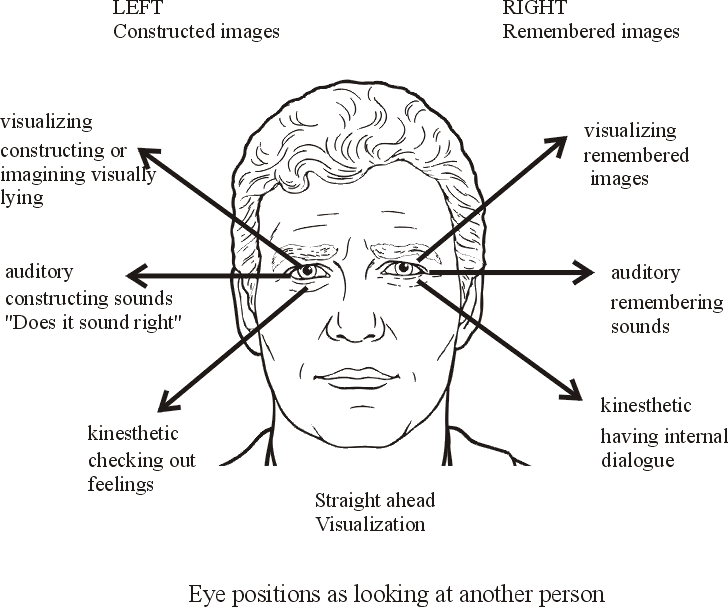Talking eyes
People’s eyes can tell you more than what they wish to disclose. If you know where, or how, to look.
Have you ever met someone with his or her eyeball tattooed? And if you have, have you ever tried to hold a conversation with them? I am guessing you probably haven’t. But you sure have held a conversation with someone wearing sunglasses. If that conversation was with a person you don’t trust or you don’t know that person yet, do you remember the uncomfortable feeling you had? The uncomfortable feeling comes because you can’t see that person’s sclera.
Sclera is the white of an eye. Sclera of most animals have black or brown in color. Also, in most animals, the iris is large and it occupies most of the eye socket.
With humans, our eyelids are horizontally elongated, increasing the opportunity for the eyeballs to become more visible. Human eyeballs have lost all pigmentation so that they are clearly contrasted against the human skin. The human iris comes in dark colors, clearly contrasting against the eyeball. Our iris is smaller than the that of other animals, further increasing the visibility of the white of the eye. All of this make it easy for humans to track each other’s eyes. Even dogs have learnt to track human eyes (though, they can’t track the eyes of other dogs).
We have talking eyes. Our sclera and iris are designed to talk and to be listened to. Even infants can track eye movements. They can track a care giver’s eye movement even before they can track their head movements!
Eye movement is very much a part of our body language repertoire. For any body language to work, all of us must be using the body gestures the same way. So, most of the body language gestures are common across our species. In fact, many body languages are common across the species too. That’s why we can clearly tell when a lion is angry.
Since the eye movement is part of our body language, we have a pre-defined vocabulary for our eye-talk. Unfortunately, not much of it is well understood or documented. Except for a bit of detective work done by NLP (watch this video).
NLP has discovered when you try to recall a picture, your eyes move to ‘your’ left-top. Or when you try to build a new image in your mind, your eyes move to your right-top. Similarly, when you try to recall some sound you’ve heard, your eyes move to your left and when you are build up a sound, your eyes move to your right. And when you are having an internal dialog, your eyes tend to move to your left-bottom. When you get in touch with some tactile experience, your eyes tend to go to your right-bottom (more in this article). So, when someone is describing about a fun conversation they had last night, and their eyes keep going to their right (and not left), then you know that the person is probably lying!
Our talking eyes are one more evidence that we have been mutually-cooperating social animals for millions of years. If we had lived in a free-for-all, me-first, devious society, advertising your intent with talking eyes would be a bad thing to do. If you can’t believe that next guy will do the right thing, you won’t advertise that your are looking at something interesting, like food or a potential mate.
Advertising your intent openly to everyone means (a) you believe that you will not be exploited and (b) your intent (to share the food, for example) will be returned when the time comes. These two are social traits are deeply embedded in our genetic code and white sclara is just one such places where it shows.
It is in our nature to be social (see the previous post about our fundamentally social nature). To say that humans need to be forced to cooperate, or that we should be bound by rules to act fair, or that we are selfish in nature, are all total hogwash. Such claims are testament to lack of understanding of how we work down deep inside.
Down deep inside, we are cooperative social animals with a selfish me-first streak (more about this later). We are neither this, nor that. We are a fine balance between honey bees and leopards. If that is not complicated enough, the point of equilibrium keeps shifting from time to time!

